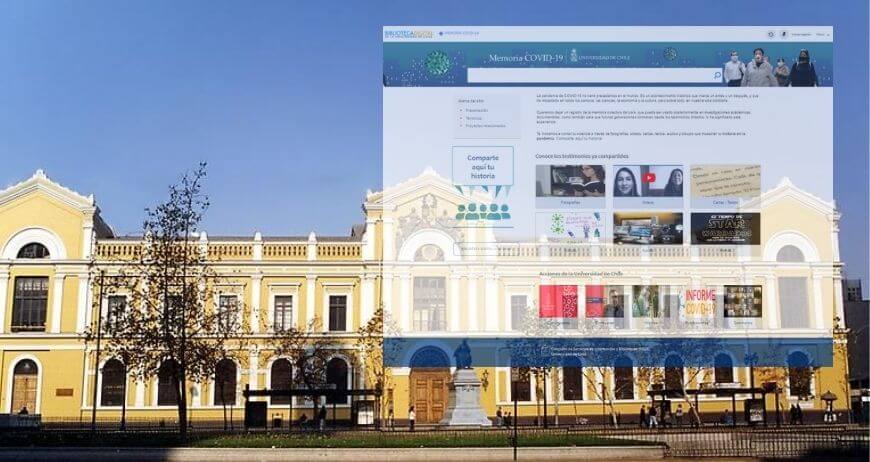Beth McGough, Communications and Creative Services Manager, ProQuest
Mary Meeker’s annual Internet Trends report was released on June 1, 2016. Meeker’s insights on the economy and digital communication uncover opportunities for libraries.
Meeker addresses economic and demographic changes, which create risks, but she takes an optimistic view. Opportunities exist for businesses (or libraries!) that innovate, increase efficiency, lower prices, and create jobs. Meeker states the Internet can be at the core of this evolution. (Slide 40)
Like businesses, innovative libraries can thrive despite changing economics and demographics. The Internet is already at the core of many library services and functions. How can libraries innovate further in this new environment?
Meeker details many trends and changes in her presentation which librarians can use to build innovative services and programs.
Evolving communication and customer service in libraries
Several of the trends within the report detail new ways of communicating, particularly with Millennials and Generation Z.
A key difference between Millennials and Generation Z is how they communicate. Millennials communicate with text while Generation Z communicates with images. (Slide 74)
 This is important to take into account when considering how to reach library users in their teens and twenties. Whether putting together marketing campaigns or expanding customer service the best way to contact Millennials is through social media and chat. They don’t want a phone call! (Slide 107)
This is important to take into account when considering how to reach library users in their teens and twenties. Whether putting together marketing campaigns or expanding customer service the best way to contact Millennials is through social media and chat. They don’t want a phone call! (Slide 107)Communicating with images is a new challenge for librarians. Two ways to approach image based communication include communicating with emojis and growing graphic design skills within the organization.
Opportunities for expanding reference service
Messaging apps like WhatsApp and Facebook Messenger are evolving rapidly into expressive communication channels. Businesses have recognized the importance of messaging apps and are developing ways to communicate with customers.
Messaging apps can serve as new customer service channel. Messaging is conversational, contextual and threaded. A customer’s identity is clear, along with that person’s preferences and specific issues. (Slides 97-106)
Reference is a natural fit for messaging apps.
Meeker covers many more trends in her presentation including live video, voice interfaces and mobile. See how her insights can inform your library’s future.
This post was originally published on the ProQuest Blog
You might also be interested in

COVID-19
Librarianship
April 28, 2021 |
11 min read
Trends in Physical and Electronic Resource Usage in U.S. Academic Libraries

COVID-19
Librarianship
April 09, 2021 |
5 min read
National Library Week: Recognizing Libraries as a Reliable and Resilient Force

Alma
Librarianship
April 06, 2021 |
6 min read
Centralizing, Optimizing and Cutting Costs
Great library experiences start with software
Download whitepaper

Alma
Librarianship
March 09, 2021 |
7 min read
Finding the Best Integrated Library System for Small and Medium Library Collections and Management

Alma
Librarianship
February 16, 2021 |
6 min read
A Small Library Staff Can Do Much More Than You Think

Alma
Librarianship
November 11, 2020 |
5 min read
The Big Challenges of Small Libraries

Community
Librarianship
October 14, 2020 |
3 min read
Diversity, Equity and Inclusion: Dr. Safiya Umoja Noble Chats with Ex Libris

Alma
Primo
Community
COVID-19
Librarianship
August 13, 2020 |
2 min read
A Unique Approach to Memorializing 
